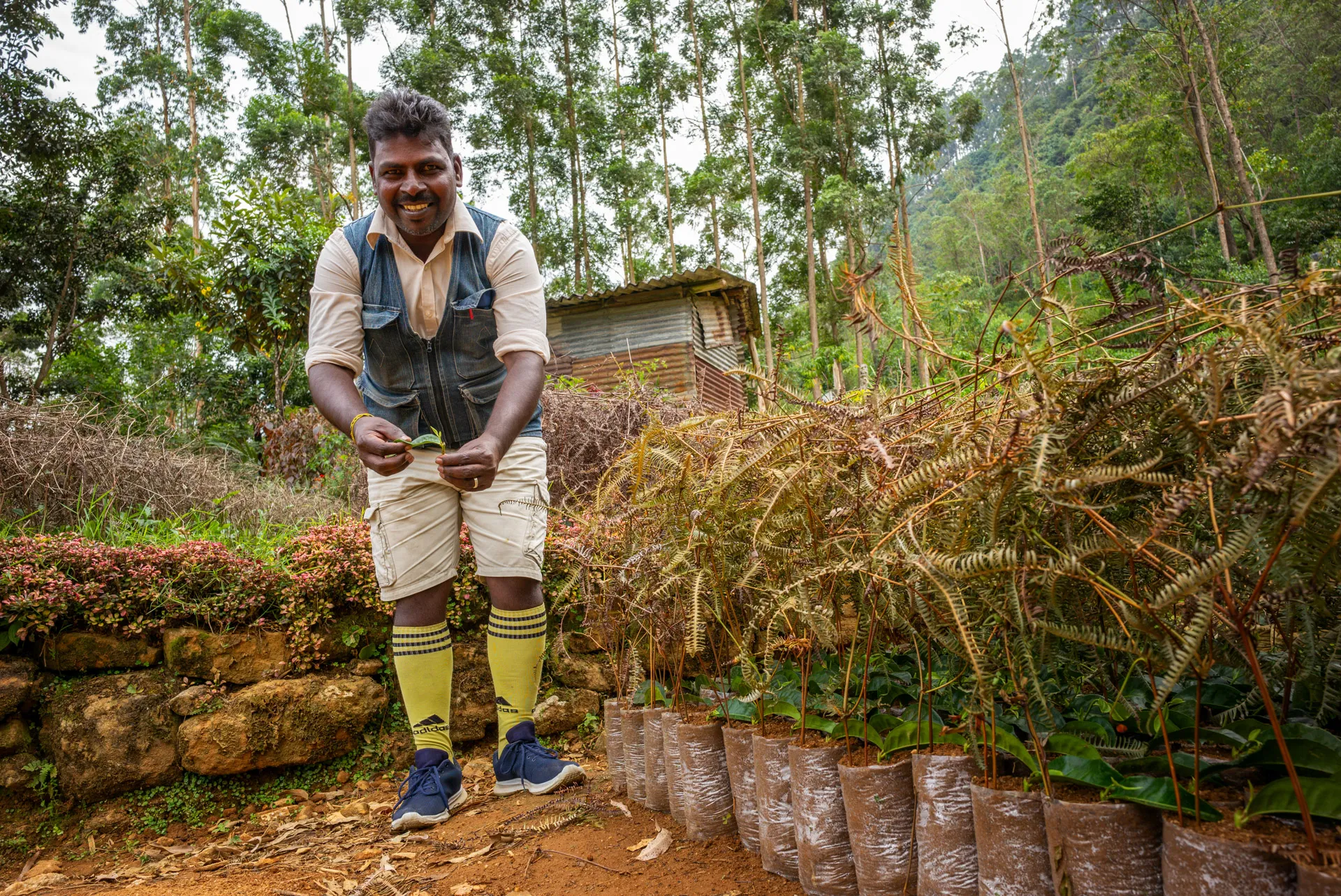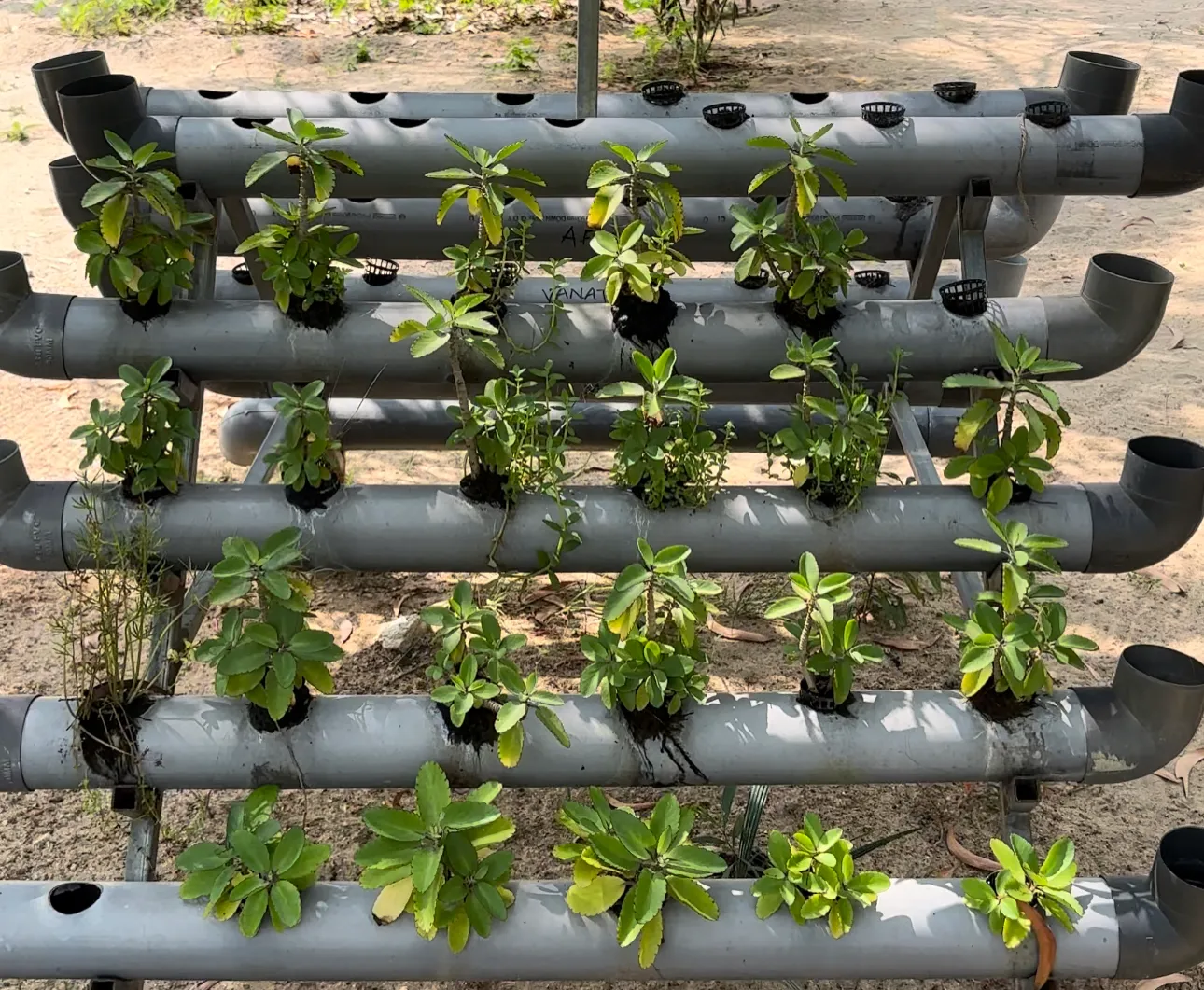8 ways to shop more sustainably
Whether you are an impulse buyer, or a socially aware, sustainable and or environmentally aware shopper. Do you want to contribute to a more sustainable world? Make an impact with these 8 tips to shop more consciously and help you save money.
Chapters
Consequences of a consumer society
Although we live in an age where materialism is deeply embedded in our culture, people are becoming increasingly aware of the negative impact this has on your budget and the environment. Recently, this harmful impact on the environment has become painfully clear. It was reported on the news that in Chile unworn clothes are dumped in the desert. Chances are that if you send clothes back, they have ended up on this rapidly growing mountain.
More and more products are being produced with inferior quality, and in an unsustainable manner. This practice is part of the fast fashion cycle. In this case, cheap is paradoxically expensive. The complete price tag is not always visible. Curious how this works? Watch this film by Andrew Morgan about the true cost of clothing and who really pays the real price for your clothes.
On average, Europeans throw away around 11 kg (roughly 22 lbs.) of clothing and shoes every year. And every year Europe produces nearly 4 million tonnes of textile waste. Only one percent of this is recycled. This means that every day we produce enough waste to fill a landfill the size of New York City. Moreover, textile production emits 4.5 gigatonnes of CO2 per year. One third of that comes from water consumption during production. So every European can make a direct impact on our climate goals by consuming less.
What is sustainable consumerism?
Consumerism is a reaction to the consumer society that came into full force in the second half of the 1990s, due to an economic boom. In those years, the Dutch economy flourished and everyone seemed to be doing well.
This is certainly not a new concept, but it is very relevant in these times of rising prices for all basic needs, the depletion of raw materials, and the visible impact of climate change through consumer behaviour, among other things.
The literal definition of the term is not complicated, meaning "consume less". It can be used by people with the aim of saving money, but it is also definitely a more sustainable lifestyle with which you can make an immediate impact. A real win-win.
How can I reduce my consumption?
Before you can start cutting back, it's useful to take a closer look at your own consumer behaviour. Below are a number of insights that can help you with this. Which ones do you recognise? These are probably the most immediate opportunities for you to save and do your bit for the environment
- On average, the typical Dutch person has 173 items hanging in their closet, of which about 50 have not been used for over a year.
- Every year, Europeans throw away around 11 kg of clothing and footwear. That is about three pounds per person. And every year Europe produces around four million tonnes of textile waste. Only one percent of this is recycled.
- The Dutch are used to the convenience of returning goods. Research by parcel delivery company DDP even showed that they are European champions at it. About 9% of all parcels are returned, and clothing accounts for about half of that percentage.
- Retailers across Europe throw away billions of euros worth of goods every year, often because it is cheaper than re-selling returned or unsold items to customers.
- On average, the Dutch throw away around 34 kg of food per year: mainly bread, milk, vegetables and fruit end up in the bin.
- In the whole of the Netherlands that amounts to 2 billion kilos of food wasted annually. That represents a traffic jam of bumper-to-bumper trucks filled with food, stretching from Utrecht to Barcelona. .
- Around 30% of the food produced worldwide is wasted - enough to feed more than 1.2 billion people for a year.
- On average, a household emits 19,000 kilos of CO2 annually. The choices you make for your home, transport, clothing, belongings, and food have a significant impact on your CO2 emissions.
8 tips to start consuming sustainably immediately
"If you want to live more sustainably, you have to want it and have the ability to do it. With the tips below, you can trigger yourself to make your life more sustainable and make a positive impact.
Tip 1; Clothing Detox; Buy less and be more sustainable
Buy no more fast fashion and put yourself on a clothing detox. If you only buy six fewer pieces of clothing a year, you save almost 40 kilos of carbon dioxide emissions. If we all did that, it would save as much as the amount of CO2 emitted in a year if you were to drive a car around the world 85,000 times.
If you need new clothes and accessoires for yourself, considering second-hand is also a more sustainable choice. On Instagram or TikTok, if you search on #vintageclothing, in combination with your city or province, you can find all kinds of tips and vintage sellers in your neighbourhood that other people can get excited about. @bloesemvintage is one of my favourites for vintage clothing . Also check out one of the 10sustainable vintage brands to see if you can find any vintage gems of your own. The more local you buy vintage the better, because you save on shipping costs, while helping to reduce CO2 emissions.
If you do go for new, then buying durable is recommended. Good quality often lasts longer and looks newer longer after repeated washing. Before you order something, find out what the party you are buying from is doing for the planet. As an example, I myself am impressed by the Nudie Jeans brand, both because of their cool jeans and by their lifelong repair services and attention to sustainability. Curious? Check out Nudie's sustainability report.
Tip 2; Give your clothes and shoes a second life and buy or sell second-hand
Clear out your closet and find out which items of clothing you have hardly or have never worn, and sell them on platforms such as Vinted, Live Auctioneers, Invaluable Ebay, Facebook or Instagram.
Second-hand clothes are a good solution. An enormous amount of clothing is sold via online platforms such as Vinted. However, there are some drawbacks. This is mainly due to the distance. For instance, on Vinted you cannot pre-filter products by their distance from your place of residence, as you can on Marktplaats. The only way to find out the seller’s country of origin is by clicking on their profile.
An additional advantage: tidying up seems to make you happier. There are all sorts of tidying gurus to help you with this. Marie Kondo is probably one of the best known online. On TikTok, I regularly see tips passing by: From the ideal way to fold your t-shirts, to help with the different ways of parting with stuff. Worth a try.
Tip 3; Do your shopping once a week with a list, and stick to it
By making a shopping list of what you’d like to eat for the next week, you can save an average of 11 kg of food from the bin. A well-filled stomach before you go shopping prevents the temptation of adding all sorts of unnecessary groceries to your shopping basket. Our colleague Arianne swears by oatmeal. It is delicious, full of healthy fibres & nutrients, gives you a good feeling of fullness for a long time, and is very inexpensive.
Tip 4; Put more and more vegetarian dishes on your weekly menu
Look for vegetarian dishes that make you happy. If you usually eat meat or fish six times a week, then replace them with vegetarian meals : this alone could keep over 66 kilos of CO2 emissions out of the atmosphere. Try this cauliflower steak recipe?
Tip 5; Fight against waste
Every year, 47 million tonnes of food go to waste in European households. This can and must be changed. The smallest changes can make a big difference in the fight against waste and, at the same time, save a lot of money. There are all kinds of developments and apps that make the world more sustainable while also helping you save money. You can help prevent waste with an app likeTooGoodtoGo. They share valuable tips on how to prevent food waste at home.
To help you avoid unnecessary waste with your tea we have the following tip. Tea is usually thrown away after the date mentioned on the package, when it still lasts a minimum 1 year after the best-before date. Especially when you buy tea that is packed at source, like all Dilmah tea. To prevent tea waste we created our Tea Rescue on our webshop.
In the battle against waste, it is also wise to check the temperature of your fridge. Many people are not aware of the ideal temperature to keep food in your fridge for as long as possible. Many fridges are set too hot, which results in food going bad too quickly. 4°C is the ideal setting for your fridge. Meat, especially, can be kept longer at this temperature. And with poultry, the number of pathogens, such as Listeria, can gradually increase at temperatures above 4 degrees C.
Tip 6; Map your CO2 Footprint
In order to reduce CO2 emissions in your home, it is useful to identify where you can help the environment, and maybe make a profit doing so. With the help of this questionnaire from the global footprint network, you can map out your carbon footprint. Want to know if you are already doing well or where there is profit? Calculate the carbon footprint and find out how much CO2 is released in your household per year, and how well you score for helping the climate.
Tip 7; own what you need and borrow the rest
Use the 5-step plan "the Pyramid" with every purchase you make. By following this pyramid, you may discover new opportunities that will save you a lot of money. The less you consume, the better for the world and the better for you.
Tip 8; Take the bike more often
If you regularly take the car or Uber, swap it for a bike. If you can replace half of your car rides with bike rides, , it can quickly save both a lot of fuel, and up to 1,000 kg of CO2 emissions per year. In this day and age, with sky-high fuel prices, that’s an instant savings.
Conclusion
Multiple crises dominate the national and online news. There is much talk about things that are beyond our control. With these 8 tips, we want to bring the focus back to things you CAN influence. It starts with taking a close look at your own consumption behaviour. This way you will gain insight into how well you are already doing, and identify where you can still reduce your climate impact. Hopefully, these 8 tips will help you on your way to a more sustainable lifestyle. There are also additional benefits. In a time of inflation and tight budgets, a more sustainable & minimalist lifestyle saves you money. It can bring you peace of mind, a tidier home and more satisfaction.
Explore the world of kindness
Have you ever wondered about the lifecycle of a tea plantation, particularly how new tea plants are cultivated and old ones are managed? I went to Dunkeld Tea Estate, where the art and science of tea begins in the nursery.
Discover how the MJF Centre for Dignified Empowerment and Sustainable Development helps Eastern Sri Lanka's recovery from natural disasters and addresses climate change through sustainable practices and community-focused initiatives.
You might have heard it already, but what is exactly World Earth Day? Let us talk you through what it stands for, what it means for us at Dilmah, and how it is not just a day but a part of our values.




